What is Section 89?
For the purpose of the Income Tax Act, income tax is levied on the total income earned or received during the previous year by the assessee. There are cases where in the past dues are paid off to the employee in the current year as salary arrears. In this case, the income tax to be paid by the employee, in this case, would be higher in the current year. This can be because of the change in the slab rates applicable to the assessee due to which their slab rate would change to a higher tax slab.
Tax relief under section 89 enables us to tackle such a situation. It provides for relief in a case where the employee is in a higher tax bracket at the time of the receipt of money for the earlier years.
What is Salary Arrears?
Arrears refer to overdue payments meant to be paid during a specific period. Salary arrears are overdue salaries that an employee receives from the employer. For instance, if a hike was due in August but was only paid in December. The payments received in December for the months of August, September, October and November are considered salary arrears. Thus the outstanding amount paid in the subsequent period is known as salary arrears. Furthermore, the employer mentions the salary arrears separately in Form 16 (Part B) and salary slips.
How to Calculate Tax Relief Under Section 89(1) on Salary Arrears?
Below are the detailed steps to calculate the relief under section 89:
Step 1: We need to calculate the tax payable on the total income including the arrears of income in the year in which it is received.
Step 2: Calculate the tax payable on the total income excluding the arrears of income in the year of receipt. As proof, the employer provides the arrear document to the employee which will specify the additional amount received. This amount needs to be deducted from the total salary as mentioned in form 16 of the employee. The tax calculation would provide us the liability in a case if there had been no arrears.
Step 3: Calculate the difference between step 1 & step 2. This would be the tax on the additional salary included in the total income.
Step 4: Calculate the tax payable of every previous year to which the additional arrears relate:
- On the total income including the additional arrears
- On the total income excluding the additional arrears
Step 5: Calculate the difference amount between the amount calculated as per step 4. This will calculate the actual tax liability for any past years for which arrears are received in the current year.
Step 6: The excess amount at step 3 over step 5 will be the amount of tax relief allowed under section 89. If there is no excess, no relief will be admissible. If the tax calculated as per step 3 is less than that calculated in step 5, the employee need not apply for relief under section 89.
Illustration on How to Calculate Income Tax Relief?
Let us understand the above with the help of an example. Suppose Amit had received arrears of salary of Rs. 4,00,000 with the breakup as below:
| Previous Year | Amount received |
| 2013-14 | 1,00,000 |
| 2014-15 | 1,50,000 |
| 2015-16 | 1,50,000 |
The taxable salary for those previous years was as below:
| Previous Year | Taxable Salary |
| 2013-14 | 7,00,000 |
| 2014-15 | 8,00,000 |
| 2015-16 | 9,00,000 |
Given the above information, we will now try to calculate the relief under section 89 and the tax payable for the assessment year 2023-24 assuming that in the previous year of 2023-23 the salary of Amit was Rs. 12,00,000.
Computation of Tax Payable For the Assessment Year 2023-24
| Particulars | Inclusive of salary arrears | Exclusive of salary arrears |
| Current salary of Amit | 12,00,000 | 12,00,000 |
| Add: Arrears of Salary | 4,00,000 | nil |
| Taxable Salary | 16,00,000 | 12,00,000 |
| Income tax on the above | 3,04,200 | 1,79,400 |
| Health & education cess @4% | 12,168 | 7,176 |
| Total tax payable | 3,16,368 | 1,86,576 |
Computation of Tax Payable For The Previous Assessment Years:
Computation for the Assessment Year 2013-14
| Particulars | Inclusive of salary arrears | Exclusive of salary arrears |
| Current salary of Amit | 7,00,000 | 7,00,000 |
| Add: Arrears of Salary | 1,00,000 | nil |
| Taxable Salary | 8,00,000 | 7,00,000 |
| Income tax on the above | 94,000 | 74,000 |
| Education Cess & SHEC @3% | 2,820 | 2,220 |
| Total tax payable | 96,820 | 76,220 |
Computation for the Assessment Year 2014-15
| Particulars | Inclusive of salary arrears | Exclusive of salary arrears |
| Current salary of Amit | 8,00,000 | 8,00,000 |
| Add: Arrears of Salary | 1,50,000 | nil |
| Taxable Salary | 9,50,000 | 8,00,000 |
| Income tax on the above | 1,37,000 | 92,000 |
| Education Cess & SHEC @3% | 4,110 | 2,760 |
| Total tax payable | 1,41,110 | 94,760 |
Computation for the Assessment Year 2015-16
| Particulars | Inclusive of salary arrears | Exclusive of salary arrears |
| Current salary of Amit | 9,00,000 | 9,00,000 |
| Add: Arrears of Salary | 1,50,000 | nil |
| Taxable Salary | 10,50,000 | 9,00,000 |
| Income tax on the above | 1,45,000 | 1,10,000 |
| Education Cess & SHEC @3% | 4,350 | 3,300 |
| Total tax payable | 1,49,350 | 1,13,300 |
Calculation of Income Tax Relief Under Section 89:
| Particulars | Amount | Amount |
| Tax payable on arrears in AY 2023-24: | ||
| Tax payable on income including arrears | 3,16,368 | |
| Tax payable on income excluding arrears | 1,86,576 | 1,29,272 |
| Tax payable in respective years on arrears: | ||
| Tax payable on income including arrears(96,820+1,41,110+1,49,350) | 3,87,280 | |
| Tax payable on income excluding arrears(76,220+94,760+1,13,300) | 2,84,280 | 1,03,000 |
| Relief under section 89 | 26,272 |
How to Claim Relief Under Section 89 Income Tax Act, 1961?
The relief under section 89 from the receipt of past income in the current year is provided for by recalculating the tax amount. The tax amount is recalculated the tax outflow on the arrears of income as per the applicable tax slab for both years. This means that tax outflow will be calculated for both the year of receipt and the year to which income pertains.
In order to claim the relief under section 89, the income tax department has made it mandatory to file Form 10E. In a case where the employee has claimed the relief under section 89 but has not filed form 10E, the claim shall not be allowed and the employee will be informed of the same.
How to File Form 10E?
Step 1: Log in to the income tax portal with your user ID and password.
Step 2: Once you are logged in, click on the tab named ‘e-file’ and select the option ‘Prepare & Submit Online Form (Other than ITR)’. From the drop-down, select Form 10E.
Step 3: Select the assessment year for which the employee is filing the form 10E.
Step 4: The below screen will appear and the assessee can file the form by completing the blue tabs as required.
What are the Consequences in the case of Non-Filing of Form 10E?
In order to claim the relief under section 89, the income tax department has made it mandatory to file Form 10E on the income tax portal. Taxpayers who have claimed the relief in their income tax return but have not filed form 10E would receive a notice from the department intimating the same.
How to Calculate Income Tax on Salary?
The following slab rates are applicable to the assessee:
Income Tax Slabs Under the Old Tax Regime for all Individuals for FY 2022-23 (AY 2023-24)
| Income Tax Slab for Individuals | Tax rates for individual below 60 years of age |
| Up to Rs. 2.5 lakh | Nil |
| Rs. 2,50,001 to Rs. 5,00,000 | 5% of the total income exceeding Rs. 5,00,000 |
| Rs. 5,00,001 to Rs. 10,00,000 | Rs. 12,500 + 20% of the total income exceeding Rs. 5,00,000 |
| Above 10,00,000 | Rs. 1,12,500 + 30% of the total income exceeding Rs. 10,00,000 |
Income Tax Slabs Under the New Tax Regime for all Individuals for FY 2022-23 (AY 2023-24)
| New Tax Regime | |
| Income Tax Slab | Income Tax Rate |
| Up to ₹ 2,50,000 | Nil |
| ₹ 2,50,001 – ₹ 5,00,000 | 5% above ₹ 2,50,000 |
| ₹ 5,00,001 – ₹ 7,50,000 | ₹ 12,500 + 10% above ₹ 5,00,000 |
| ₹ 7,50,001 – ₹ 10,00,000 | ₹ 37,500 + 15% above ₹ 7,50,000 |
| ₹ 10,00,001 – ₹ 12,50,000 | ₹ 75,000 + 20% above ₹ 10,00,000 |
| ₹ 12,50,001 – ₹ 15,00,000 | ₹ 1,25,000 + 25% above ₹ 12,50,000 |
| Above ₹ 15,00,000 | ₹ 1,87,500 + 30% above ₹ 15,00,000 |
Investors can choose between the new-tax regime or continue with the old-tax regime. The tax rates are different on the basis of the regime chosen by the individual. Furthermore, the slab rates under the new regime come with a restriction. An individual has to let go of certain deductions and exemptions if he/she wants to opt for the new tax regime such as house rent allowance, conveyance allowance, leave travel allowance, etc.
Explore Old vs New Tax Regime
Frequently asked questions
Taxpayers who wish to claim relief under section 89 are mandatorily required to file form 10E with the department as per the provisions of the income tax act. Failure to do so would lead to disallowance of the relief claimed by the taxpayer.
Form 10E is required to be submitted to the department in order to claim the relief under section 89. The filing is required to be done before the filing of an income tax return for that year. In a case where the taxpayer had claimed the relief without filing form 10E, it is likely that they’ll receive an intimation from the department.
It is not mandatory to provide the details of the filed form 10E to the employer. The details of the same may be required by the employer in order to adjust the taxes and allow relief.
Taxpayers are required to choose the assessment year in which they have received the arrears. For example, for arrears received in the year 2022-23, the assessment year needs to be selected as 2023-24.
A taxpayer can claim a deduction from his total income and lower down his taxable income by investing in tax-saving options. Under Section 80C, a taxpayer can claim a deduction for the investments made and expenses incurred up to Rs 1,50,000 in a financial year. The investments and expenses must be made within the respective financial year to claim a deduction. Amount paid by a taxpayer towards life insurance premium for spouse, children, and self is allowed as deduction. Premium paid for parents, brothers and sisters are not allowed as a deduction under section 80C.
Section 80CCD provides for deductions to an individual against the contributions made by them towards the National Pension Scheme(NPS) or the Atal Pension Yojana (APY). NPS is a scheme notified by the central government and contributions made by the employers also qualify for deduction under this section.
Under section 80D, taxpayers can claim a deduction of the medical insurance premium paid for self, spouse, children, and dependent parents.
Popular Income Tax Sections
Related Articles
- What is Section 89?
- What is Salary Arrears?
- How to Calculate Tax Relief Under Section 89(1) on Salary Arrears?
- Illustration on How to Calculate Income Tax Relief?
- How to Claim Relief Under Section 89 Income Tax Act, 1961?
- How to File Form 10E?
- What are the Consequences in the case of Non-Filing of Form 10E?
- How to Calculate Income Tax on Salary?
- Frequently asked questions











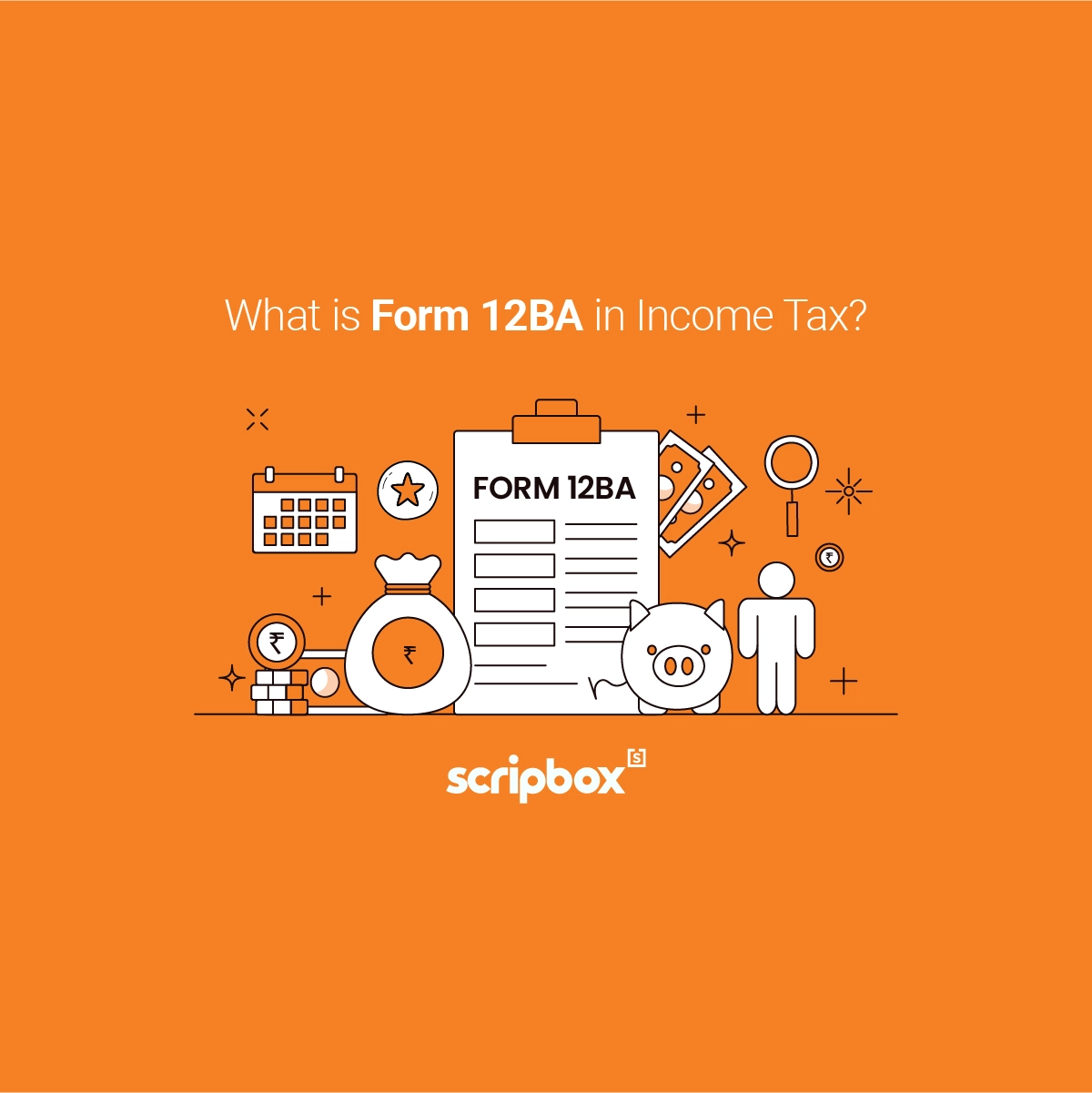
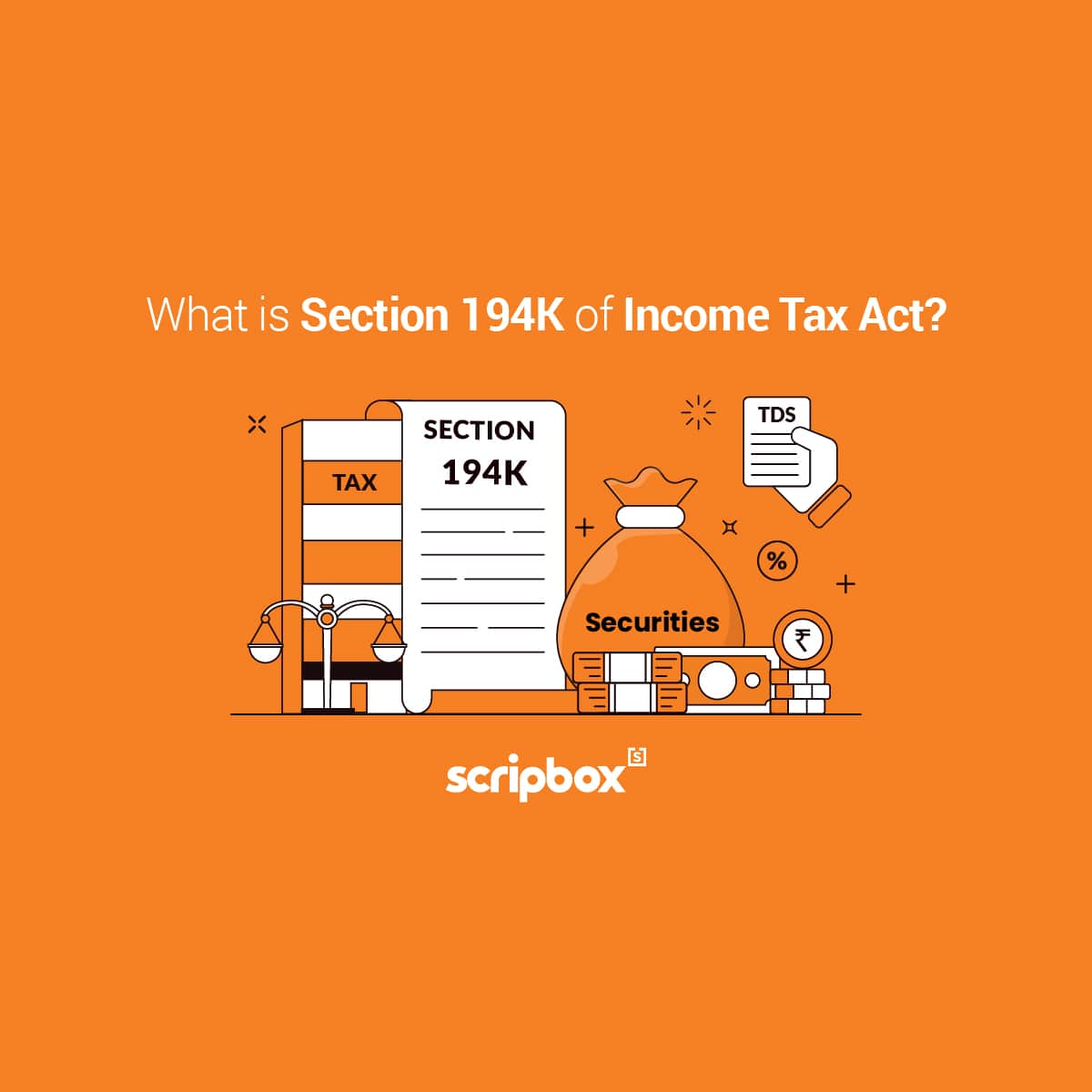
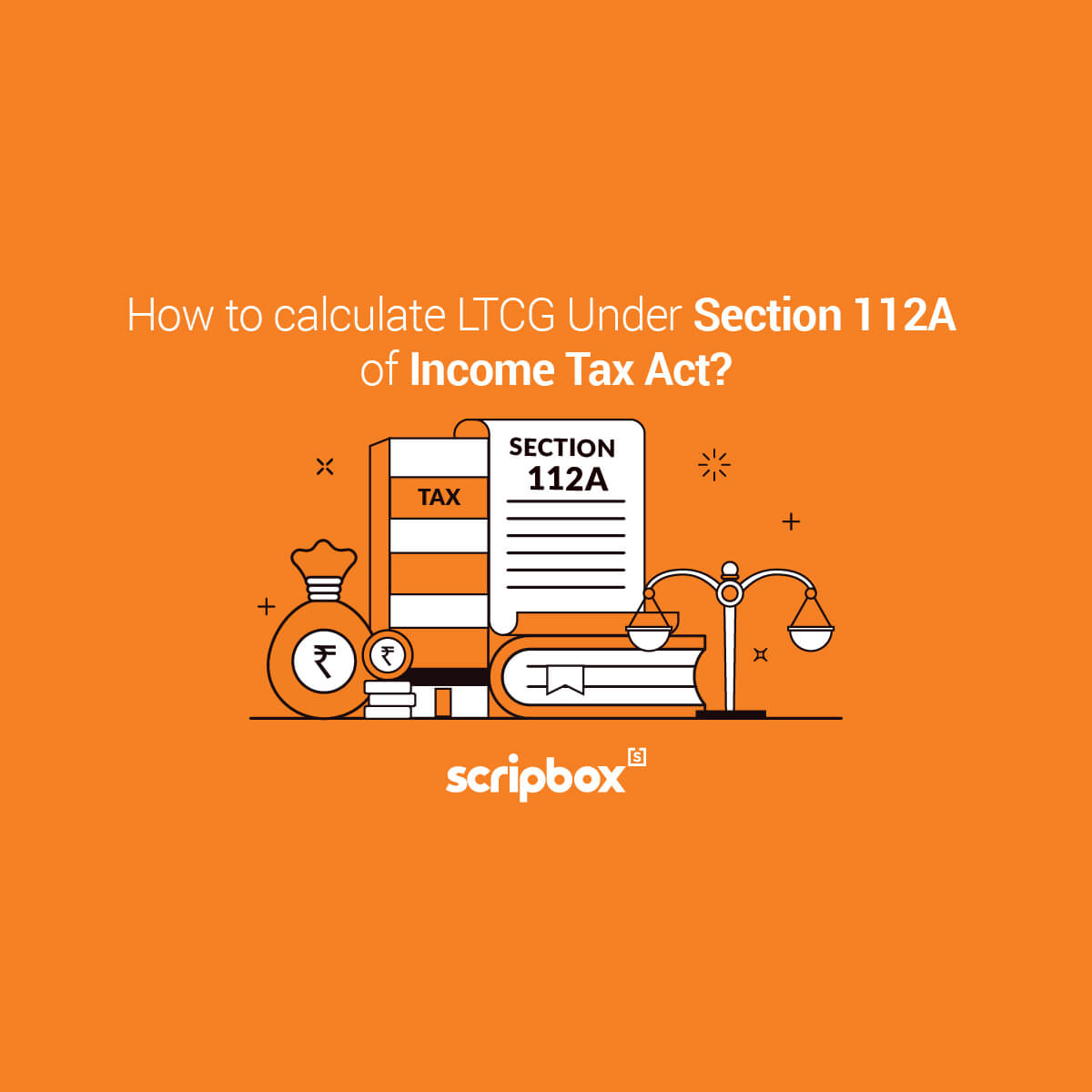
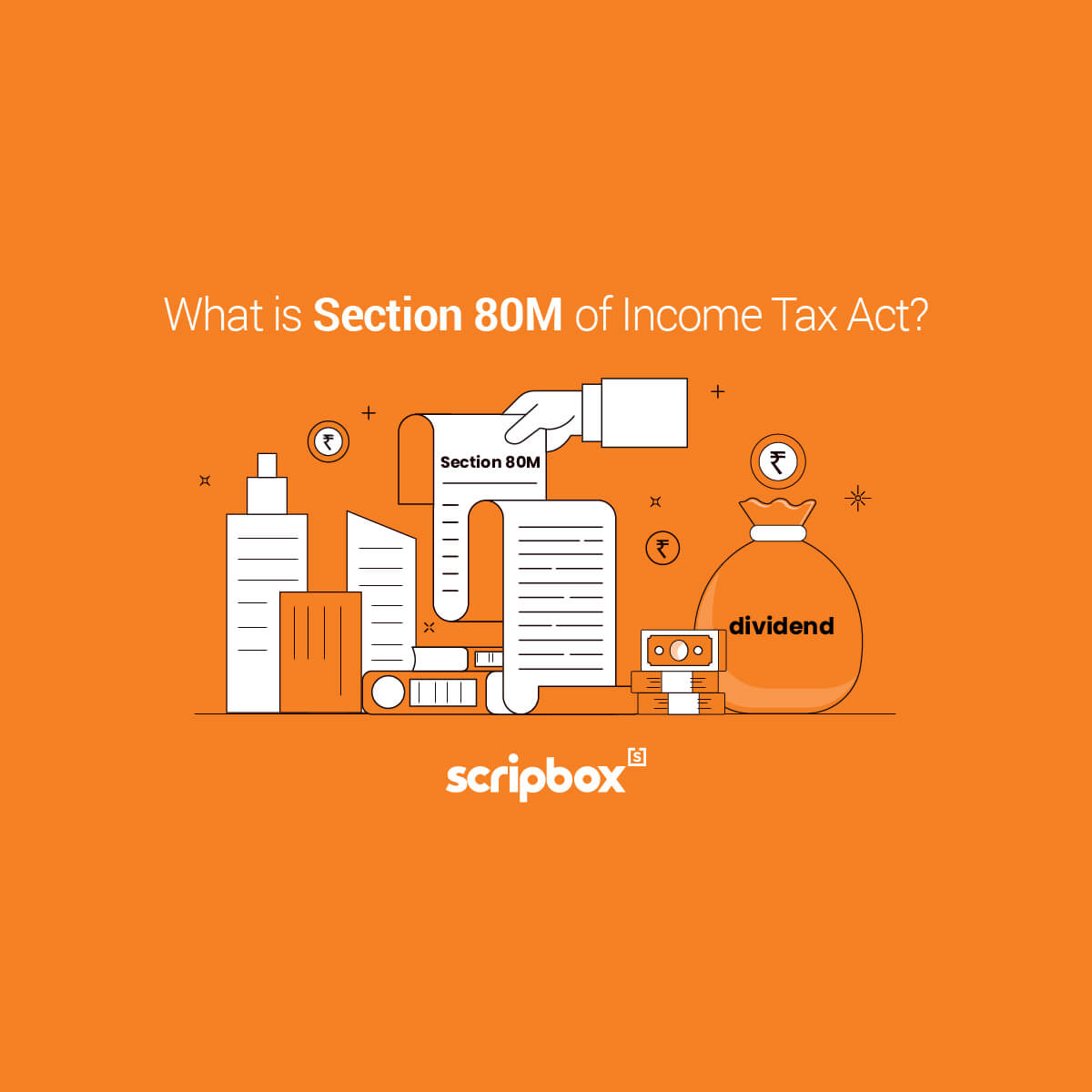
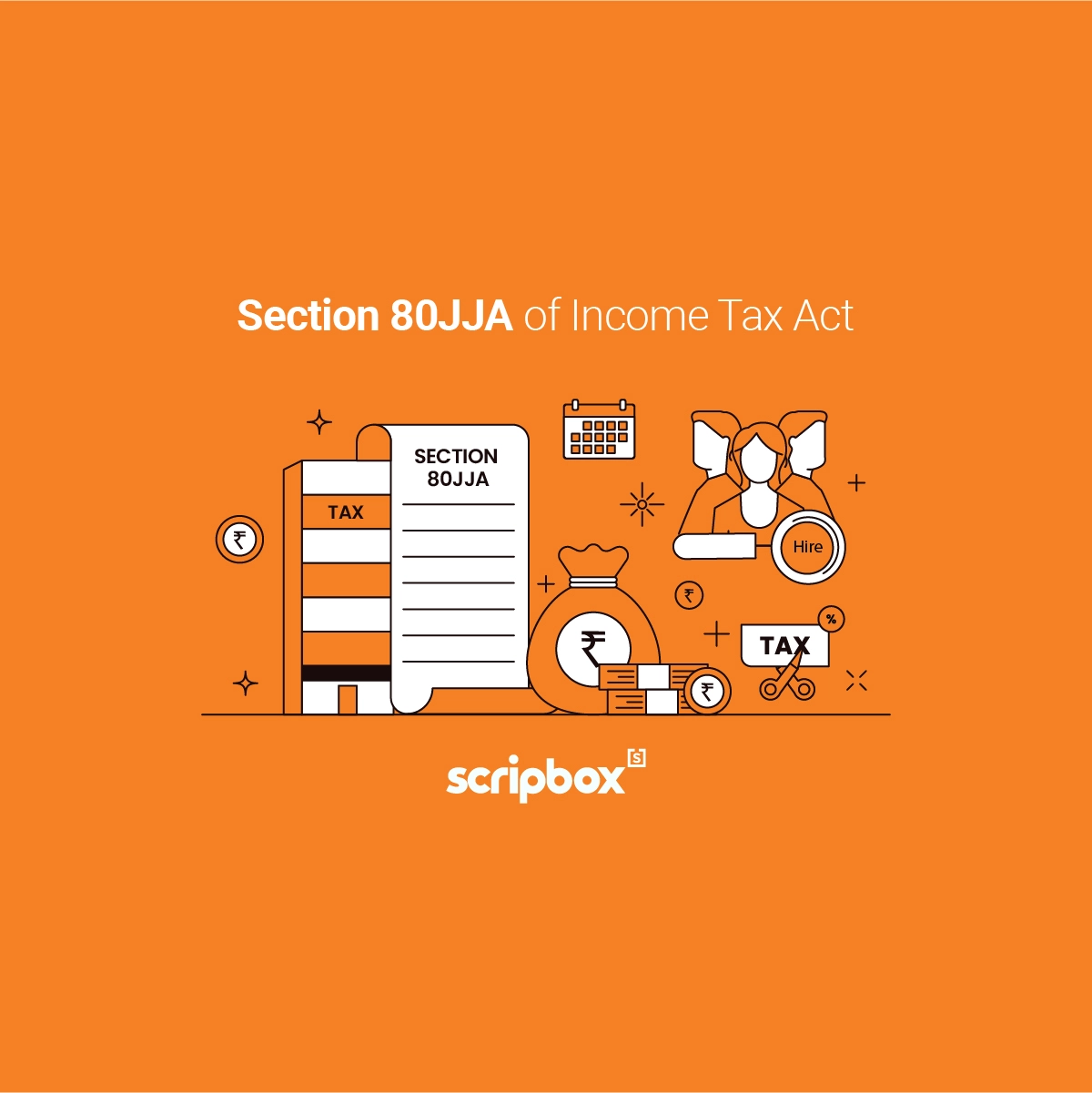
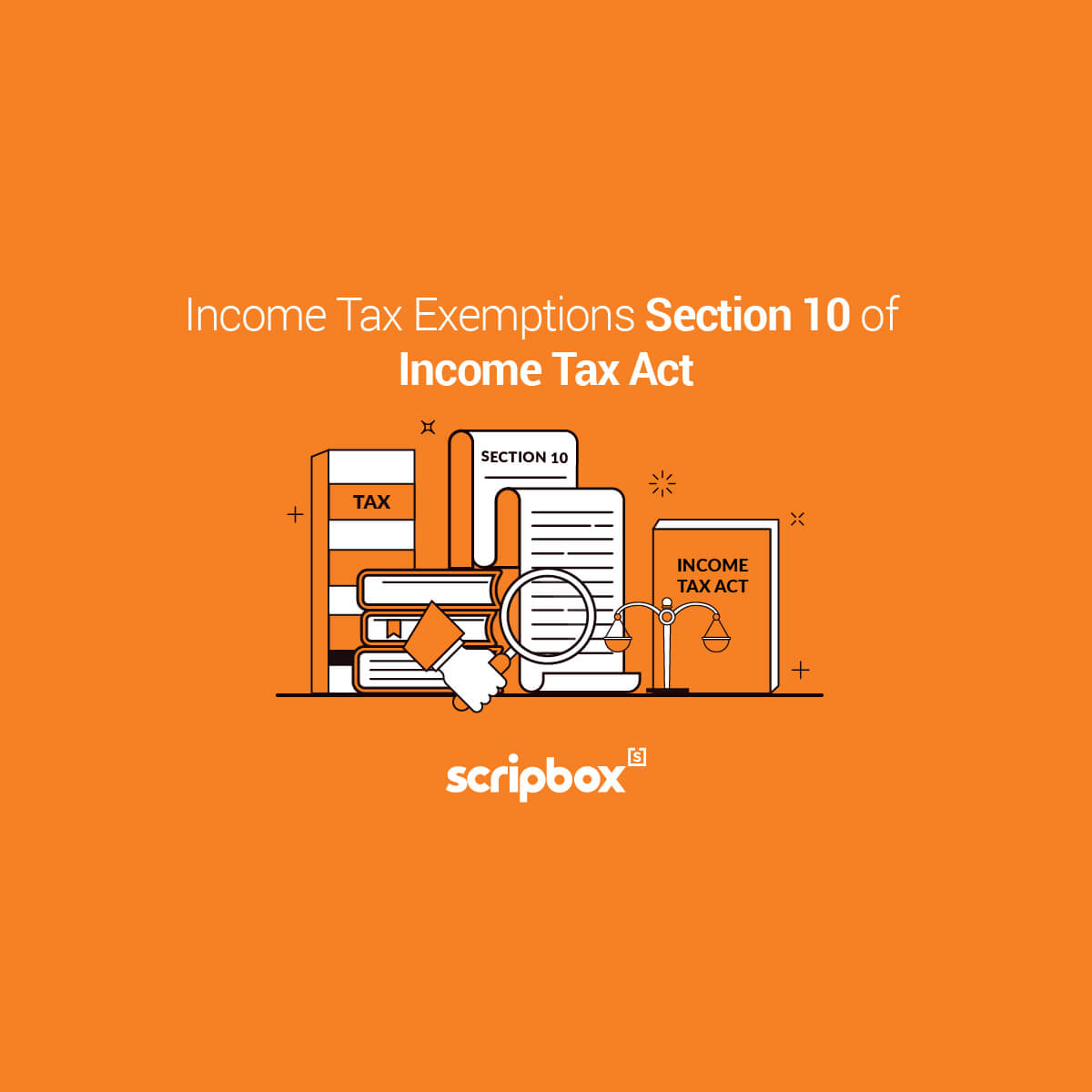






Show comments